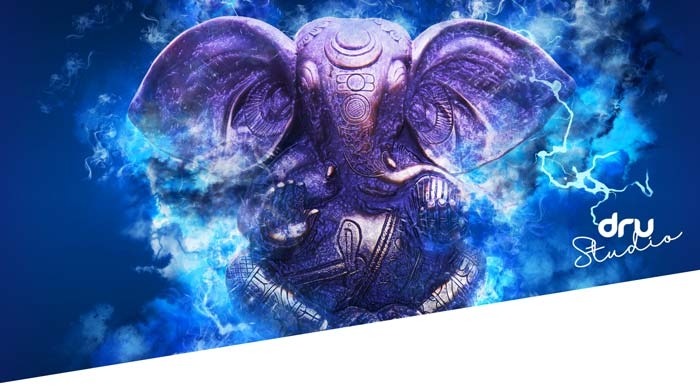
The Dru Online Studio has been a great resource over the years in stimulating my creativity and enthusiasm and in turn, has helped me to deliver some amazing yoga classes and master classes in the past 8 years or so that I have taught.
The online studio is full of gems, sequences and meditations which have given me the opportunity to completely dissect and explore the asanas with yogic concepts of chakras, Koshas, hasta mudras and ancient traditional philosophy. I have found I can take one sequence and do three or four masterclasses by simply focusing on different concepts and this has helped me to not only sustain my enthusiasm and drive as a teacher, but it has also helped the students to understand, in their own way, the principles of yoga.
Ganesh Namaskara
I have completely loved discovering the ‘older’ sequences which have focused on mythological archetypes. One such sequence is the Ganesh Namaskar. Coming from a tradition where Ganesh is not new to me, however, I really wanted to look at Ganesh and this sequence in completely new way, a way that would really resonate with my students who may not want to hear about Ganesh as a Hindu God, yet they would be open to knowing the symbology that Ganesh represents within us in relation to our chakras for instance;
- The Mooladhara is symbolised as four petal lotus, which has many symbols within it including a white elephant with seven trunks and these trunks represent what the yogis call Saptadhatu.
- The Saptadhatu are the seven fundamental tissues, which play an important role in the development, nourishment, and sustaining of the body. These tissues support the formation of the basic body structures known as “dhatus” which means ‘constructing element’. These tissues vary from muscle, bone, tendon, and ligament tissues to bone marrow, plasma, blood or the haemoglobin part of the blood and reproductive tissues.
- These tissues are a combination all five elements, earth, water, fire, air and space.
The symbology of Ganesh
- Powerful - related to protecting or safeguarding us from life’s physical and subtle obstacles and challenges
- The elephant head – strength and power
- His small mouth and large ears – ability to listen more and talk less
- Small eyes – concentration & one pointed focus
- Large stomach – able to consume and digest good and bad in life.
Relating the principle of the root chakra to the archetype of Ganesh this then helps me to understand the Ganesh within me who is that part of me who knows how important it is to ensure I am balanced in that first chakra state, that my body is strong, supple, that it is resilient to have enough energy to take action yet it can also rest.
It is part of me who knows to make every conversation count by truly listening, listening not only to others but also to myself. For me Ganesh is also that part of me that helps me to meditate yet also gives me that drive to fulfil my purpose in this life. Additionally, He is also the part of me who helps me discern what is helpful and serves my highest good and what doesn’t.
Doing the Ganesh Namaskar with all this background wisdom makes the whole sequence for me really powerful and potent because I am giving reverence to the Ganesh within me. Consequently, when teaching this sequence to my students we are able to explore these qualities that Ganesh symbolises and focus on giving reverence to those qualities within them.
Written by Palvinder, Studio Member and Dru Yoga teacher








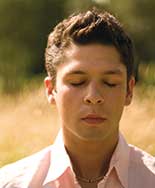


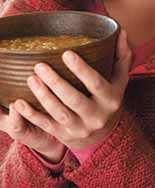





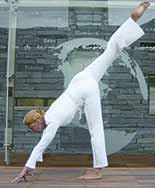
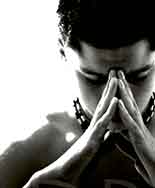



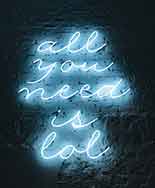
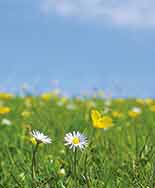






Comments